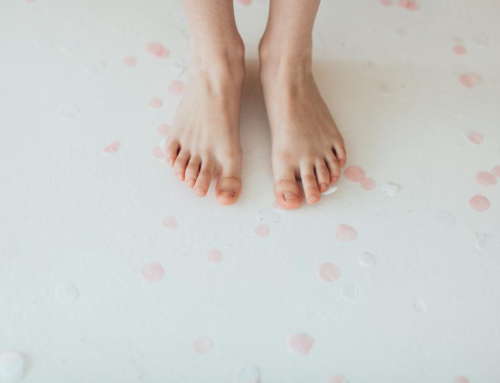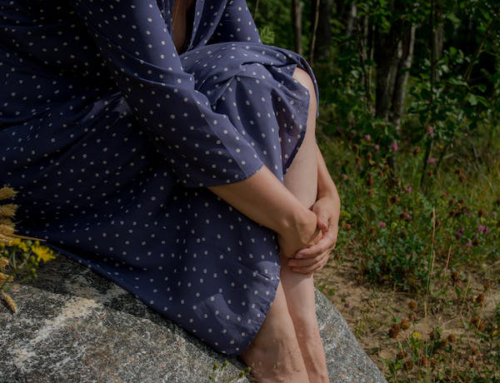Bleach Burns From at-home Fungal Treatment is very common. Bleach is a cleaning product that can be used for multiple purposes. But it should only ever be used according to the bottle instructions. Because this chemical is a strong cleaning agent, it is sometimes suggested as an antifungal treatment by online blogs or non-medical professionals. It is important to understand the implications of using such a product on your skin before attempting this type of treatment. After learning the harm that bleach can cause, and the lack of positive effects that it has, applying bleach to your skin will likely seem less appealing.
Use for bleach
Using bleach as a topical treatment is a bad idea for many reasons. Bleach is designed to be harsh and abrasive. Bleach burns from at-home fungal treatment almost always will be the result if applied on the skin. However, living tissue is more sensitive to chemicals like this. Using bleach as a topical treatment for anything is a bad idea because the mere contact between the chemical and the skin is damaging. The results of using bleach on the skin include intense irritation, chemical burns, and further infections of the skin.
How to avoid bleach burns
If you have attempted using bleach as a treatment for toenail fungus, you may be experiencing pain and burning at the site of bleach application. In this circumstance, there are a few things you should do immediately. First and foremost, rinse the bleach off of your skin immediately. This will prevent the damage the bleach is doing to the skin from continuing and becoming worse. You should rinse the area thoroughly with water that isn’t hot, since hot water can further the irritation and inflammation of the skin. Rinse thoroughly, then wash the skin with gentle hand soap. You can apply a cloth soaked in cool water or aloe vera to the burn to the skin, which should soothe any pain. Neosporin can also help the burn to heal.
After you have washed the bleach off of the skin, assess the damage done by the chemical. If you have applied undiluted bleach for any period of time, you are likely to have a bleach burn. Depending on the severity of the damage, you may require immediate attention from a medical professional. In this case, you should go to the emergency room to have them assess the damage done to your skin. If the irritation isn’t severe you should bandage the skin and monitor if its condition progresses. Signs of a severe burn from a chemical like bleach include open wound formation worsening with time, pulsating heat, red streaks forming around the burn, development of a fever, and signs of infection like pus drainage.
Treatment options for nail fungus
Aside from bleach and ineffective over-the-counter medications, there are other options for curing toenail fungus. If you have one of these infections, you should seek out an FDA-approved treatment administered by a licensed professional. The treatments available for toenail fungus are a little bit limited, and many of them lack efficacy. For example, prescription topical treatments for fungus are ineffective at eliminating the fungal spores from the nail. Oral medications are a little more effective, but also come with a risk of severe side effects like liver toxicity.
The best treatment for fungus available is the PinPointe laser. It also is completely safe and has no risk of side effects. In fact, the only people who can’t get the PinPointe laser are diabetic patients with severe neuropathy. To see all of our 150 podiatry clinics for PinPointe laser, visit our page here.



